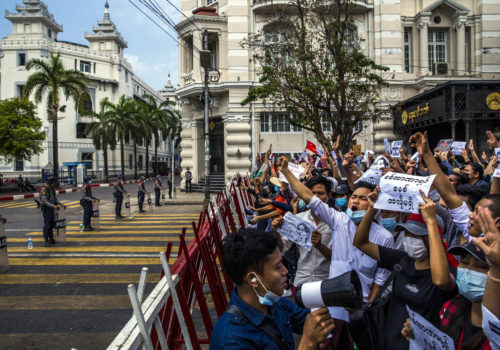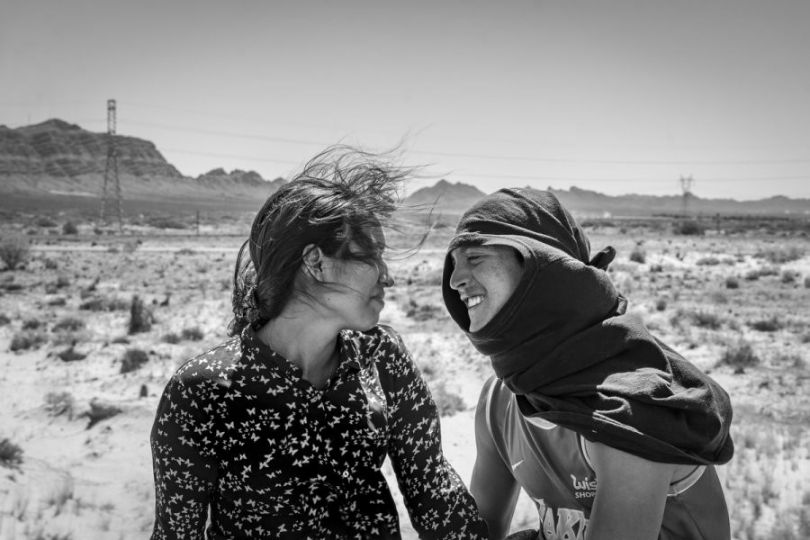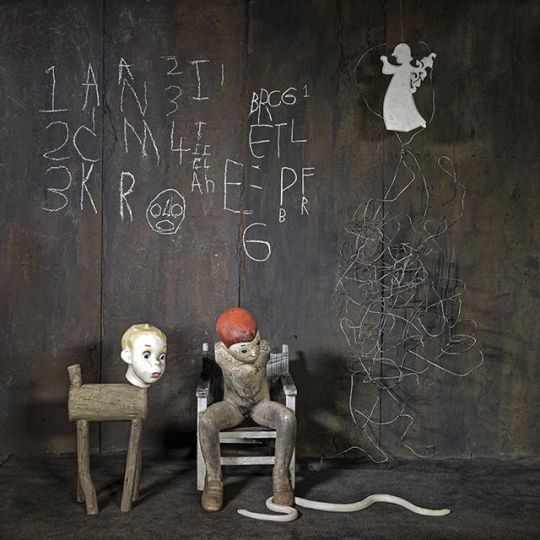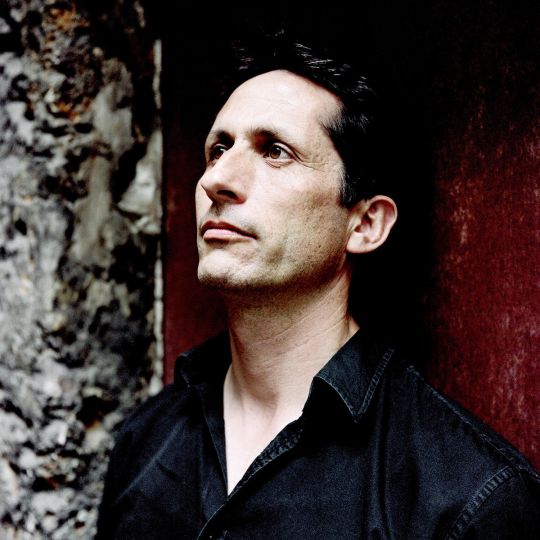“Anonymous” Burmese Photographer twice honored, in Perpignan and Bayeux, is it the end of Burmese documentary photography?
When I first visited Rangoon in 1996, I was so naïve, I flagged down a broken taxi (you could see the road under your feet through the rusty floor plan), and excitedly told the young and festy taxi driver: “Take me to see Aung San Suu Kyi!”. I had been admiring “the Lady” for so long, I thought that was my chance to go and pay her a visit. Little did I realize my futile attempt, when the taxi came to a screeching halt, turned back and sped away, as we saw the barbed wire with a tank and a bunch of soldiers guarding the street to her lake side house. Little did I expect that a few years later I would meet her face to face and guide her through photographer Lu Guang’s “China Pollution” exhibition at the Yangon Photo Festival. It was my privilege to sit beside her as member of the jury, and be impressed by her intelligence and poise, as she became the chairwoman of the jury for the Yangon Festival’s photo competition. I watched her being moved by the first pictures of the Rohingya villages being torched by Buddhist mobs. Then we all followed and watched her party winning landslide election through the numerous photo reportage across the country, the passionate and enthusiastic support of the population was so overwhelming. It was the first occasion for that Burmese photographers to learn to cover political campaign and mass rallies. But Daw Suu Kyi disappointed many of us when she sided with the military to deny the repression and the displacement of a massive population. Here was the price she paid : she won another landslide election supported by a majority of anti-Muslin Buddhist population. As she was heading to the parliament in the hope of amending the constitution, the military staged the February 1st coup d’état! Aung San Suu Kyi was detained under ridiculous charges. And once again the people of Burma rose up in protest, this young generation has seen the protest and demonstration in Hong Kong, and neighboring Thailand, they adopted the Hunger Game salute. Thanks to the photo-reporters, the images of these three fingers became the strongest visual testimony to resistance against the military dictatorship. The most poignant ones were of those protesters in silent sit-in and wearing mask printed with Aung San Suu Kyi’s face, raising their three-finger salute.
















